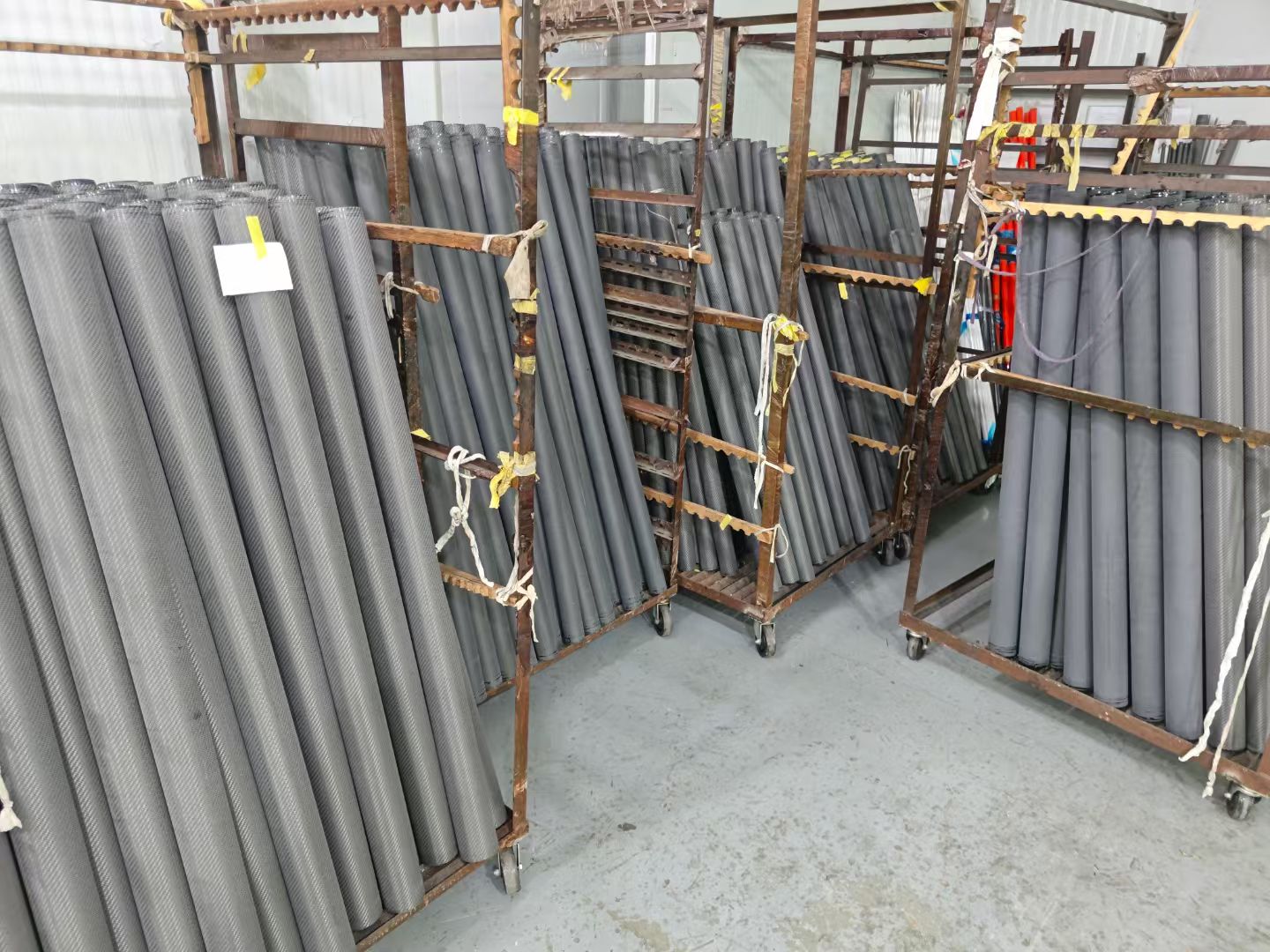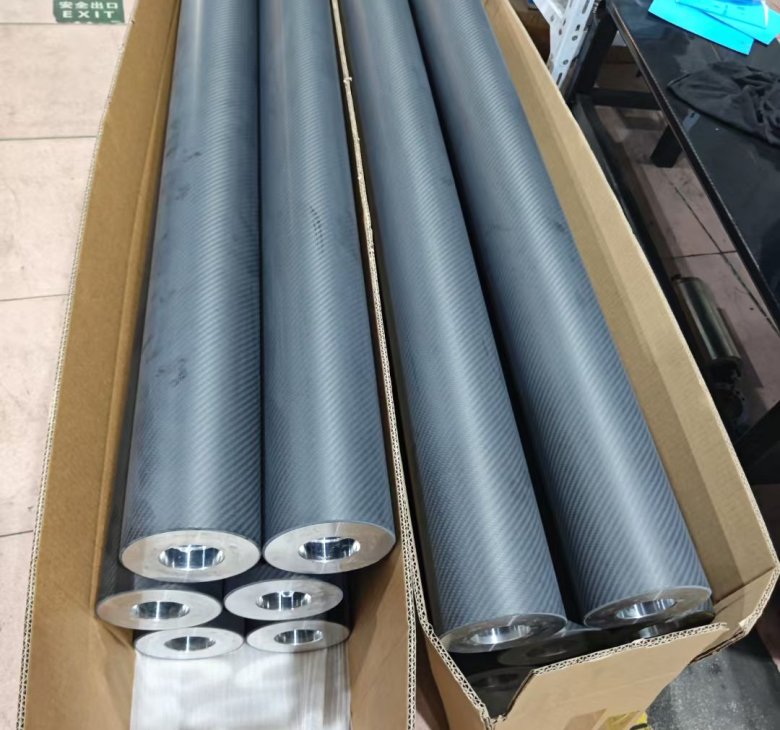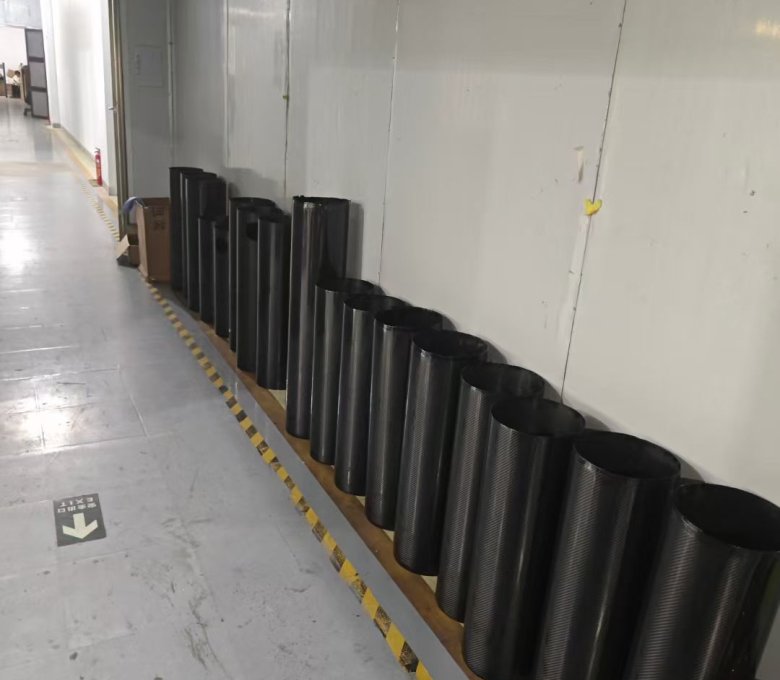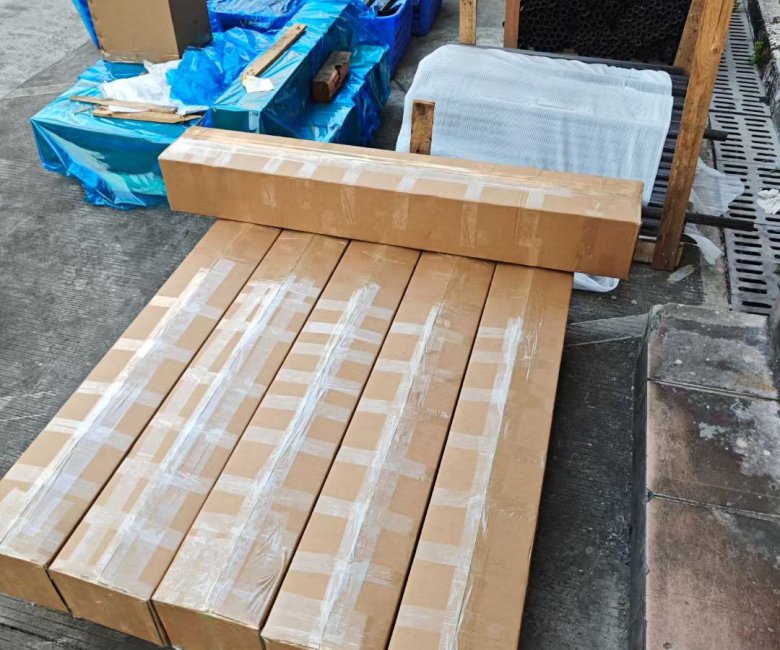Introduction to Tapered Carbon Fiber Tubes
A tapered carbon fiber tube narrows gradually from one end to the other, offering performance advantages in aerodynamics, weight distribution, and stiffness control. For industries from drones to sporting gear, this shape offers engineering freedom that straight tubes cannot match. Customers often search for solutions that balance weight savings with carbon fiber tube strength—tapered profiles help deliver that sweet spot.
Unlike a standard roll wrapped carbon fiber tube, tapering changes how stress distributes along the shaft, making them ideal for specialized load-bearing applications. Whether you need a 6mm carbon fiber tube for precision parts or a stronger 10mm carbon fiber tube for high-impact equipment, tapering can fine-tune performance.
How Are Tapered Carbon Fiber Tubes Made?
Manufacturing tapered tubes involves precision and control. Here’s the general process:
Mandrel Preparation – Engineers create a tapered mandrel, which sets the final tube profile.
Roll Wrapping – Layers of carbon fiber prepreg sheets are wrapped around the mandrel. For roll wrapped carbon fiber tube production, orientation of fibers varies to maximize strength in specific directions.
Resin Curing – The wrapped mandrel goes into an autoclave or oven, where resin hardens under heat and pressure.
Mandrel Removal – Once cured, the mandrel is carefully extracted without damaging the tube walls.
Surface Finishing – Sanding, polishing, and sometimes a UV-resistant coating give the tube a professional look.
This method creates a part that offers both strength and weight efficiency—essential for industries demanding precision.
Properties of Carbon Fiber Tubes
A tapered carbon fiber tube combines the stiffness of straight-walled designs with improved stress handling. Common properties include:
High Carbon Fiber Tube Strength – Even with reduced wall thickness at one end, tensile and compressive resistance remain excellent.
Variable Flex Characteristics – Narrower sections flex slightly more, aiding vibration absorption in specific designs.
Lightweight Construction – Weight drops without sacrificing essential load capacity.
Corrosion Resistance – No rusting, even in marine environments.
Dimensional Accuracy – Roll wrapping delivers consistent diameters, even at 6mm or 10mm sizes.
Applications of Carbon Fiber Tubes
Industries choose tapered profiles when both aerodynamics and weight balance matter. Common uses include:
Aerospace and UAV Systems – Drone arms benefit from tapered sections for reduced drag and balanced stiffness.
Sports Equipment – Fishing rods, cue sticks, and bicycle seat posts often rely on tapering for comfort and control.
Marine Applications – Masts and spars in sailing vessels gain performance from reduced wind resistance.
Automotive Parts – Steering columns and interior braces adopt tapered tubes for strength without bulk.
Medical Devices – Lightweight frames and supports benefit from precise stiffness tuning.
References:
1. The Ideal Carbon Fibre for Drones: Sheets Materials and Options
2. How to Cut Carbon Fiber Tube?
3. Understanding the Hardness and Compression Testing of Carbon Fiber Tubes
4. Carbon Fiber vs. Graphite Rod: Which One Fits Your Needs Best
5. Stop Drone Disasters! How High-Performance Bending Carbon Fiber Tube Tech Changes Everything
Advantages of Tapered Carbon Fiber Tubes
Switching from straight to tapered profiles offers clear advantages:
Weight Optimization – Material is removed where less structural load occurs, saving grams.
Improved Handling – In sports gear, tapering adjusts stiffness for better feel and control.
Custom Fit for Applications – Dimensions like 6mm carbon fiber tube or 10mm carbon fiber tube options make integration easier.
Sleek Aerodynamic Profile – Tapering cuts air resistance for UAVs and performance vehicles.
Challenges in Using Tapered Carbon Fiber Tubes
Every engineering solution carries trade-offs. With tapered tubes:
Complex Manufacturing – Tapered mandrels cost more and take longer to produce.
Joining and Mounting – Different diameters at each end complicate fittings.
Cost Factor – Precision work means higher pricing than straight roll wrapped carbon fiber tube designs.
These hurdles are often outweighed by the performance boost, but customers should weigh the benefits against budget and integration needs.
Choosing the Right Tapered Carbon Fiber Tube
When deciding on specifications, consider:
Load Requirements – Match carbon fiber tube strength to expected stress points.
Diameter – Use 6mm carbon fiber tube sizes for lighter loads, 10mm for heavier applications.
Application Type – For aerodynamic projects, prioritize smoother outer finishes.
Fiber Orientation – Ask your supplier about axial vs. woven wraps for specific performance needs.
Conclusion
A tapered carbon fiber tube offers a clever blend of strength, lightness, and performance shaping. From drones to medical tools, the applications keep growing as manufacturing improves. Whether you opt for a slim 6mm carbon fiber tube or a sturdy 10mm profile, the engineering benefits often outweigh the initial challenges. For many designers, roll wrapped carbon fiber tube technology in a tapered form delivers the balance they’ve been searching for.






